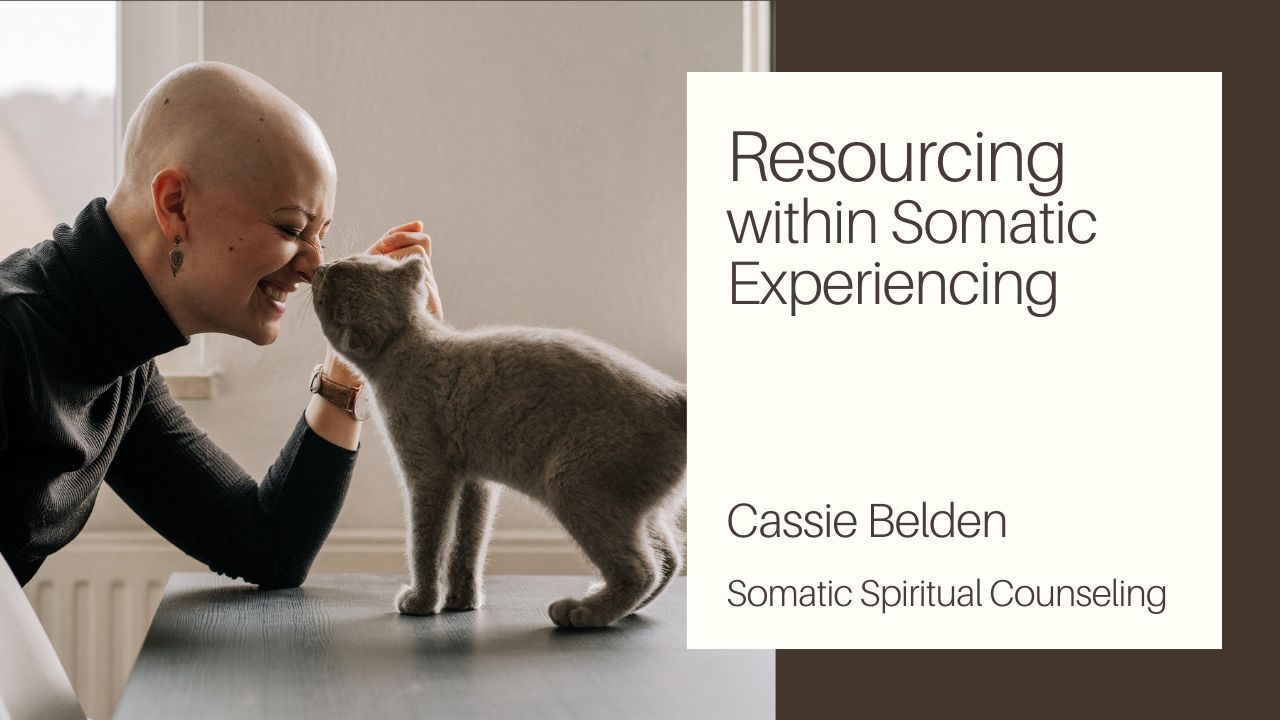
What do eating, going to the bathroom, kissing, sneezing, and resolving trauma all have in common? That’s right, sensation. Specifically the ability and practice of noticing sensations in the present moment and attending to them as they change.
By attending, I mean: 1) acknowledging the sensations that you feel; 2) staying present to the sensations as they change; 3) mindfully responding to the impulses that may arise.
Let’s walk through an example to make it more clear how sensations guide one’s experience. We’ll go with kissing because it’s fun (hopefully) and if it’s not, it’s even more important to be able to notice and respond to the sensations that occur. Before we explore this example, take a moment to notice what you are experiencing as we begin to talk about this. Do you feel curious? Excited? Anxious? Can you notice any sensations in or on your body that come with your feelings?
First Kiss: A Somatic Visualization
Something as intimate as kissing exists on a spectrum from wonderful and consensual to awkward and potentially violating. With that in mind, let’s continue. Let’s go with a first kiss. In the moments leading up to the kiss, if you are paying close enough attention, you will notice some sort of sensation: maybe flutters in your belly, or throbbing in your chest, or a contraction or expansion in your breath. Maybe you notice your body beginning to lean forward, or perhaps your shoulders tighten and your body leans away. Based upon what you notice here, you will get a sense of what’s right—for you—in this moment.
As the kiss begins, there may be sensations of smoothness or coarseness; moisture or dryness; quivers; tension and relaxation. Additionally, in the rest of your body, things will be happening. Perhaps you notice a softening and opening, maybe a tightening or bracing, or there may be temperature changes.
Learning Your Body’s Language
Each of our bodies communicates in its own way and learning your body’s language takes practice. Generally speaking, when you enjoy the sensations that are happening, this is usually a sign to explore further in the current direction. When your sensations bring a sense of bracing or don’t feel enjoyable, it may be time to slow down and re-assess the situation.
This array of sensations will likely be in flux and flow and eventually . . . something will change to signal the beginning of the end. If you are ending the kiss, there will likely be a feeling of completeness or ending. On a sensational level, this may be noticed as a dropping or sinking, or your body beginning to lean away. It may be a rush of tingles or vibrations, or your mouth closing, or many other possibilities.
If you did not initiate the ending of the kiss, you might have the feeling of longing, wonder, relief, etc. Sensationally, you may notice movement as their head begins to pull away, or pressure or temperature change as their contact moves, or perhaps you notice a sense of absence or vacancy where their presence was a moment ago.

Sensation as a Guide
Throughout the kiss, it is the practice of feeling and responding to the sensations that accurately guides you through the experience. If you fail to notice the changing sensations along the way, you will miss the relevant information that your (or their) system is attempting to communicate. And we all know how off-putting a misattuned kiss can be.
It should go without saying (but unfortunately doesn’t always) that in addition to attending to the language of sensations, clear direct verbal communication and quality listening are also essential parts of healthy intimacy.
The Role of Sensation in Healing Trauma
Now to translate this to trauma healing. Trauma is intense life-force (aka physiological) energy that is bound up in our bodies (aka nervous systems). Originally, this intense energy came online to help us respond to a threat and stay safe. When the threat has passed without that energy getting to appropriately discharge, we end up experiencing all sorts of over- or under-reactions to our life.
Again, there is the level of feeling, where we may experience anxiety, fear, rage, grief, confusion, or dullness. This is different than the level of sensation, which includes things like chronic tension, flushes of heat, contractions, buzzing, spaciness, heaviness, hollowness, etc. Most of us are more familiar with emotions than sensations. While emotions also convey important information, sensations are the language that our body speaks in when it is preparing to respond to something in our environment or take action to protect us.
Likewise, it is also the language of sensation that tends to signal when our body is returning to a state of safety or pleasure. By learning to consciously experience our sensations moment to moment we can become better stewards of our bodies, more able to adequately respond to the challenges of the present moment, and more easily able to let our guards soften when the present moment is a safe one or even filled with things that can bring us joy.
When our nervous systems (which operate at their own pace) have not been able to resolve the stuck energies of trauma, our bodies turn into a difficult or confusing place to exist in. Things that should feel enjoyable can become bland or even repulsive. Experiences that we once did with ease can become exceedingly challenging. As we relearn how to touch into our aliveness, how to feel the expansions, contractions, heat, twitches, textures, pains, and pleasures that let us know we are alive, we slowly begin to befriend our bodies and come to trust their wisdom.
Trauma resolution requires that we learn to notice, allow, follow, and respond to our sensations. And while this may be second nature and almost automatic when it comes to something as common as kissing or eating, it usually takes some guidance and practice when it comes to repatterning the intensity of trauma. Thankfully there are many qualified and compassionate professionals ready to help you kiss your traumas goodbye.
Learn more about somatic therapy here.
—————————————————————————————————————————




